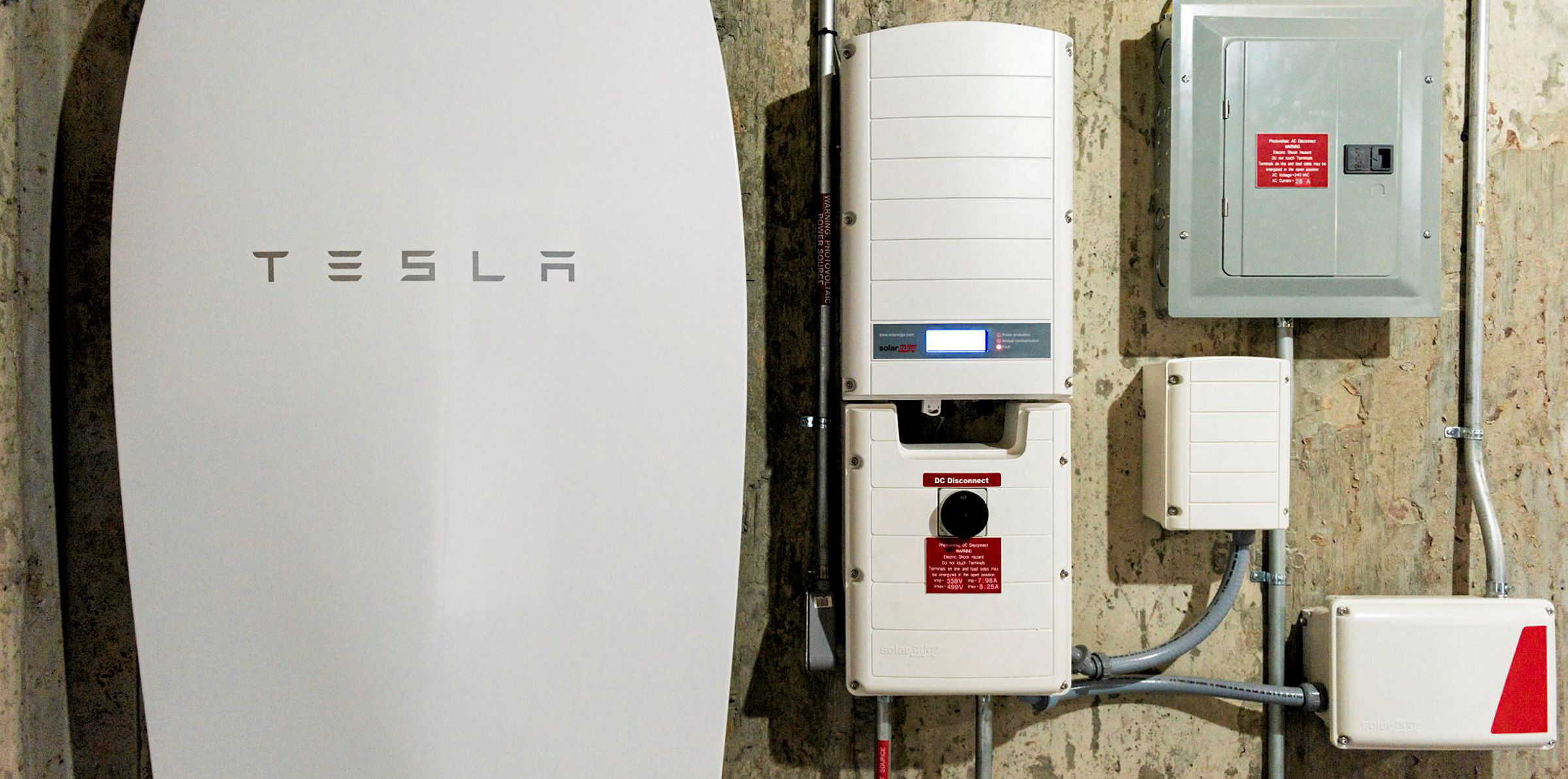The state of California is hoping to boost the viability of innovative energy-storage technologies, including green hydrogen, by offering up to $11m in grants to solutions that have the potential to be more cost-effective than lithium-based batteries.
The California Energy Commission (CEC) points out that there will be a need for “cost-effective and high-performing energy-storage solutions” to back up wind and solar power in order for the state to meet its target of becoming carbon-free by 2045.
“The timing is right for supporting emerging technologies that can out-perform existing energy storage technologies,” says the CEC, adding that “developing new and emerging technologies now will enable them to be positioned for substantial upcoming market opportunities”.
The purpose of the grants, it states, is to “fund the development and field testing of emerging energy storage technologies for the purpose of raising the Technology Readiness Level and accelerating market penetration”.
Curiously, although utility-scale technologies generally offer the most cost-effective energy solutions, the $11m of funding is only open to “technologies that focus on customer-side-of-the-meter applications”.
“Candidate technologies include advanced-chemistry batteries, flow batteries, flywheels, thermal storage systems, compressed air systems, and other non-lithium energy storage technologies that can provide an electricity-in/electricity-out capability and represent an improvement over current technology capabilities and performance,” states the CEC in a solicitation document.
The cheapest form of non-lithium energy storage is thought to be liquid-air systems, which are far too large to operate behind the meter.
Up to $9m will be set aside for these technologies, with an additional $2m for the development and validation of “green electrolytic hydrogen storage systems [eg, H2 produced through water electrolysis] in customer side of the meter applications with an electricity-in and electricity-out capability”.
Companies such as Siemens have offered a residential hydrogen-storage system — complete with electrolysers and fuel cells — to enable solar-powered homes to store excess energy and re-use it at a later date, but their take-up has been minimal due to high costs.
And, generally speaking, the focus of the small but growing electrolysis industry has been on building ever-larger modular electrolysers — which split water molecules into hydrogen and oxygen — with a view to reducing the cost of clean hydrogen through economies of scale.
The deadline to submit applications for these grants is 4 February, with an “anticipated agreement start date” of 30 June.




